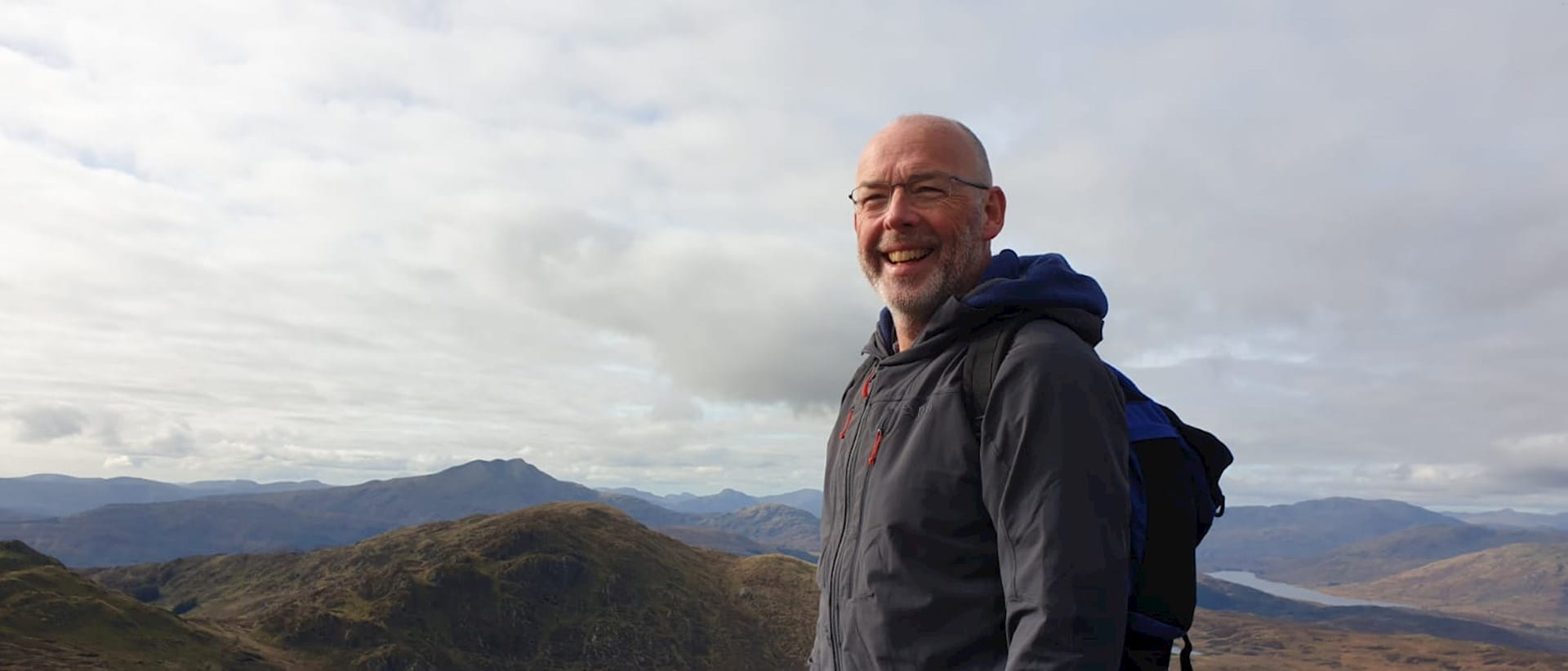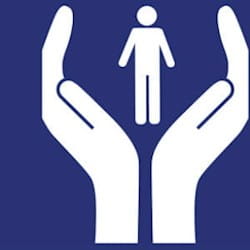I’M not sure that I had any understanding of what lay ahead as we stood in front of the signpost at Land’s End on Monday 13 June 2022. All I knew was that I was about to attempt to walk 1,200 miles from Land’s End to John O’Groats.
I had spent a year walking some 2,500 training miles, finding the right trail shoes for long-distance walking, working out how to avoid blisters on my feet, and gathering together a support team of remarkable people. But then, suddenly, as the photographs were being taken on that first morning, it became very clear what lay ahead.
A couple stepped towards us, having seen our Canmore Trust shirts and identifying us as a charity involved in suicide prevention, and told their story. This was to be the first of hundreds of deeply moving stories we would hear. The woman had lost her younger sister to suicide, aged 15, over 30 years ago but her family had never talked about the loss or the circumstances. Standing at Land’s End, this woman felt empowered for the first time to go back to her family and explore her sister’s story and her legacy – to move the whole set of circumstances from the shadows and into the light.
Our story was also one of suicide but we, as a family, always felt the importance of telling that story fully and without hesitation – painful as this would be. Cameron, our much-loved son, a 24-year-old veterinary surgeon, died by suicide in the early hours of Sunday 20 October 2019. His was a spontaneous act with no background of obvious psychological disturbance and no note left. We now know that the suicide rate in veterinary surgeons is four times the national average.
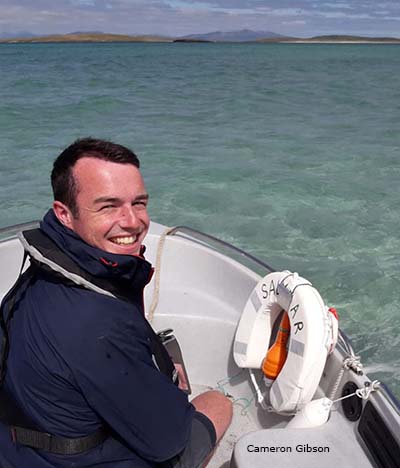
Discounting the myths
Articles on suicide always begin with statistics but I now view that as largely unhelpful. Knowing that there were 805 deaths by suicide in Scotland in 2020 and 753 in 2021, and that 75 per cent were male adds nothing to any understanding of the personal pain behind each and every suicide death. Perhaps it’s more impacting to know that one person dies by suicide somewhere in the world every 40 seconds?
Suicide is a hugely complex subject. Despite nearly three years having passed, we still have little understanding as to why Cameron took his life in the early hours of that Sunday morning. Professor Rory O’Connor is professor of health psychology at the University of Glasgow and one of the foremost international researchers into suicide behaviour. I highly recommend his recently published book, When it is Darkest (Penguin, 2021).
In his book, Professor O’Connor describes a model of suicidal behaviour which involves possible factors in the background of someone who dies by suicide, alongside what might contribute to suicidal thoughts and suicidal acts. It is a complex model which makes it very clear that no one factor causes someone to take their life – it is much more complicated than that.
Professor O’Connor talks about the myths that surround suicide and discounting these myths may help us all in our understanding.
Myths about suicide (O’Connor, 2021)
- Those who talk about suicide are not at risk of suicide
- All suicidal people are depressed or mentally ill
- Suicide occurs without warning
- Asking about suicide “plants” the idea in someone’s head
- Suicidal people clearly want to die
- When someone becomes suicidal they will always remain suicidal
- Suicide is inherited
- Suicidal behaviour is motivated by attention seeking
- Suicide is caused by a single factor
- Suicide cannot be prevented
- Only people of a particular social class die by suicide
- Improvement in emotional state means lessened suicide risk
- Thinking about suicide is rare
- People who attempt suicide by low-lethality means are not serious about killing themselves
Please allow me to emphasise again that these statements are UNTRUE – they are myths about suicide that need to be exposed and challenged.
Open discussion
It is estimated that across the world up to 16 per cent of adults have experienced suicidal thoughts at some stage in their lives, with this increasing to 20 per cent of young Scottish adults (18-34 years old). So, thinking about suicide is not rare but importantly there is no evidence at all that talking openly about suicide to someone (and asking specifically about any intentions or plans) promotes that idea, and indeed it is likely to have the opposite, protective effect.
Language matters
We also need to understand that our use of language matters. The term “committed suicide” dates back to when suicide was illegal – and sadly it remains illegal in some countries in the world. Suicide was decriminalised in Great Britain in 1961 but often the use of “committed suicide” persists. If you find yourself using that term, please be kind to yourself but do think about using an alternative, kinder phrase such as “died by suicide”. A small point, perhaps, but so helpful to those of us trying to find a path forward.
Suicide safety planning
With increasing numbers of suicides in the UK appearing to be so-called “spontaneous” suicides (i.e. in those individuals where there is no obvious history of psychological disturbance), it seems that our approach to preventing suicide needs to change, with open discussion in schools, colleges, universities and work-places about suicide and, most importantly, about suicide safety planning.
This new concept of safety planning is evidence-based and opens up discussion about what to do if you find yourself at some point with suicidal thoughts – something that affects one in five young Scottish adults. If Cameron had undergone training in suicide safety planning at school or university, would he still be alive today? Perhaps. This is just one of the many “whys” and “ifs” that torment those of us left behind after a suicide.
A good walk
After Cameron died, I was confronted with many months of sadness and grief which impacted my own mental health significantly. I was helped immensely by attending Survivors of Bereavement by Suicide (SOBS) – the UK’s only peer-support suicide charity. And, as someone who has always loved being outdoors, I found that my anxieties and grief seemed more allayed when I walked each day.
I rediscovered the delights of watercourses, frog spawn, goldcrests, nesting kestrels, red squirrels, pine martens and simply walking for miles on end. Then I discovered that other men and women affected by suicide grief also wanted to walk with me and the conversations were remarkable, sharing insights and stories that would otherwise have remained covered over.
So, the idea of walking from Land’s End to John O’Groats (LEJoG) was born, alongside my Instagram account - #onemanwalkingamilliontalking. However, Covid-19 brought a quick end to these early plans but the resultant lockdowns also allowed us to develop our ideas about a charity to honour Cameron – and so The Canmore Trust became a registered charity in early 2022. Then, as Covid regulations eased, it became evident that walking LEJoG might allow some funds to be raised for the Trust.
The Canmore Trust has a number of gutsy aims and at the centre is the concept of developing “safe spaces” for those impacted by suicide – in both suicide prevention and suicide postvention. Education is a prime driver for us, with the need to talk openly about Cameron’s story, importantly alongside suicide safety planning, in schools, colleges and universities.
Kindness along the way

With much planning and the formation of a great core team, LEJoG started on 13 June 2022 and completed on 20 August 2022 – 11 weeks with only five days of any precipitation in that period. What a remarkable summer it was.
I had been given two pieces of advice: firstly, don’t forget that it’s just a walk; and secondly, just concentrate on today and let tomorrow take care of itself. Great advice. The team around me ensured that planning was meticulous. (I got through four pairs of trail shoes.)
We experienced amazing kindness and hospitality across the whole of the UK. However, worthy of mention is Ian Mills, a dentist from Devon who arranged hospitality for us for the first month of LEJoG. We were shown much generosity by the dental profession as we walked from Land’s End, up to Bristol and round into Wales.
The aim of 'one man walking and a million talking' was realised with kerb-side conversations, chats as we walked, public lectures, podcasts, radio interviews and television coverage. We saw families previously isolated by their suicide experience come forward to walk, talk and weep with other families similarly affected. And, very importantly, we saw lives saved.
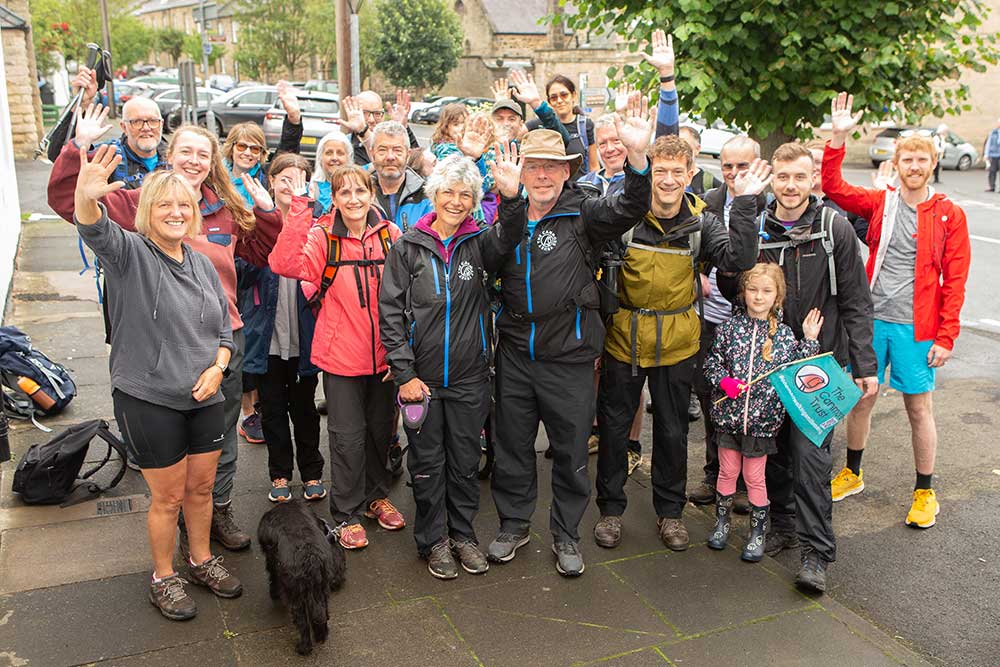 Many came to walk with us (Image courtesy of Vet Partners).
Many came to walk with us (Image courtesy of Vet Partners).A lost flag and a life saved
One poignant example comes with an amazing story. John Gallacher, who walked much of the way with me, realised on day 3 that he had lost his Canmore Trust flag from his rucksack, somewhere in Cornwall. On day 10, a 35-year-old woman contacted me on Instagram and stated that she had been struggling with her physical and mental health for many years and had previously made three attempts on her life. She had set off to walk the South-West Coastal Path in an attempt to gain fitness – for both her physical and mental health.
However, a few days into her walk, she realised that she was struggling greatly and had been sitting on a cliff-top contemplating her future with growing negative thoughts. She then noticed some green material in the bracken adjacent to her and found John’s flag. From the flag, she accessed The Canmore Trust website and read Cameron’s story – and, for the first time ever, considered the negative impact that a suicide has on those family members, friends and colleagues left behind.
In that moment, still with great sobs and tears rolling down her cheeks, she decided that she would not take her own life and that she would complete the walk. She wanted me to know that the story of LEJoG had changed her whole outlook on life and that she would keep walking; that Cameron’s story and The Canmore Trust had saved her life. It goes without saying that we walked that day’s journey with renewed enthusiasm.
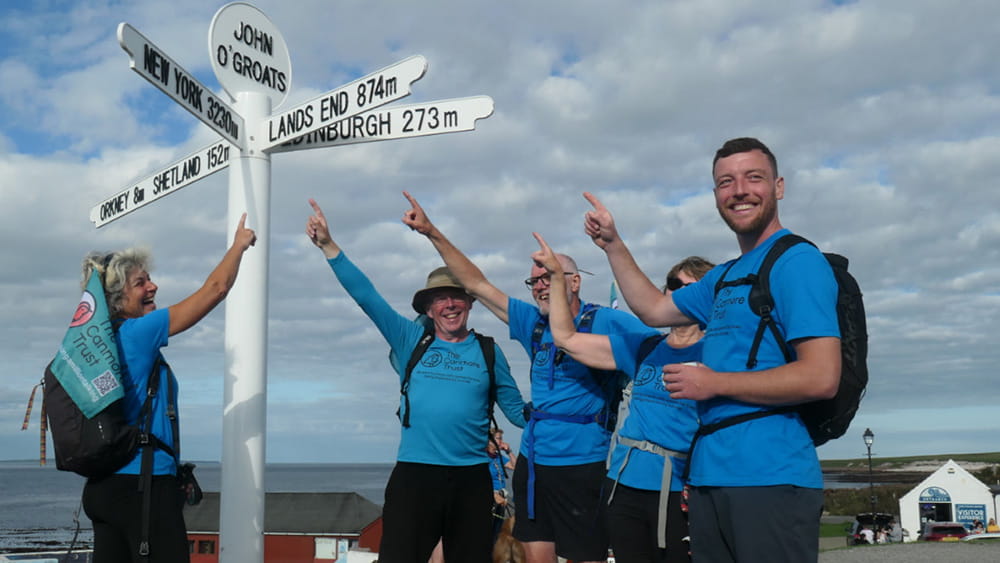 Journey's end...
Journey's end... Say their name
So, where to now? Well, undoubtedly the hashtag has gained traction and we will keep walking and keep talking. Plans are already afoot.
One of the questions I am asked most frequently is about the sensitive matter of whether or not to talk or ask questions about the person who has died by suicide. I am sure you will understand that we think about Cameron every waking moment and we appreciate when YOU are thinking about him too. If you knew Cameron, or someone else who died by suicide, it’s important to say their name and to share memories.
However, everyone grieves differently – even within the same family – and we need to appreciate where people are in their grief journey. The question I value the most is: “Where are you in your thoughts of Cameron today?” This allows me to steer the conversation – which may change depending on the date, such as the anniversary of his death, birthday or another significant event.
Our life as the Gibson family has been turned upside down since our beloved Cameron died by suicide. It has been a shattering experience. However, over the past three years I have met some remarkable people honed by similar experience. We will keep walking together, ensuring that our communal “lived experience” creates impact and, wherever possible, saves lives.
- If you have been affected by any of the issues raised in this article, please see The Canmore Trust’s website for appropriate resources or, if in acute distress, please call Samaritans on 116 123.
- Find out more about The Canmore Trust (SC051511), including how to join or offer support, by emailing the.canmore.trust@btinternet.com
- Explore more of the Trust’s plans at thecanmoretrust.co.uk, which includes a link to the charity's JustGiving page via #onemanwalkingamilliontalking.
- Donations can also be made via bank transfer, using the Trust’s banking details: sort code 83-16-16 and account number 00250570.
This page was correct at the time of publication. Any guidance is intended as general guidance for members only. If you are a member and need specific advice relating to your own circumstances, please contact one of our advisers.
Read more from this issue of Insight Dental
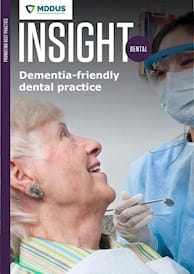
Save this article
Save this article to a list of favourite articles which members can access in their account.
Save to library
